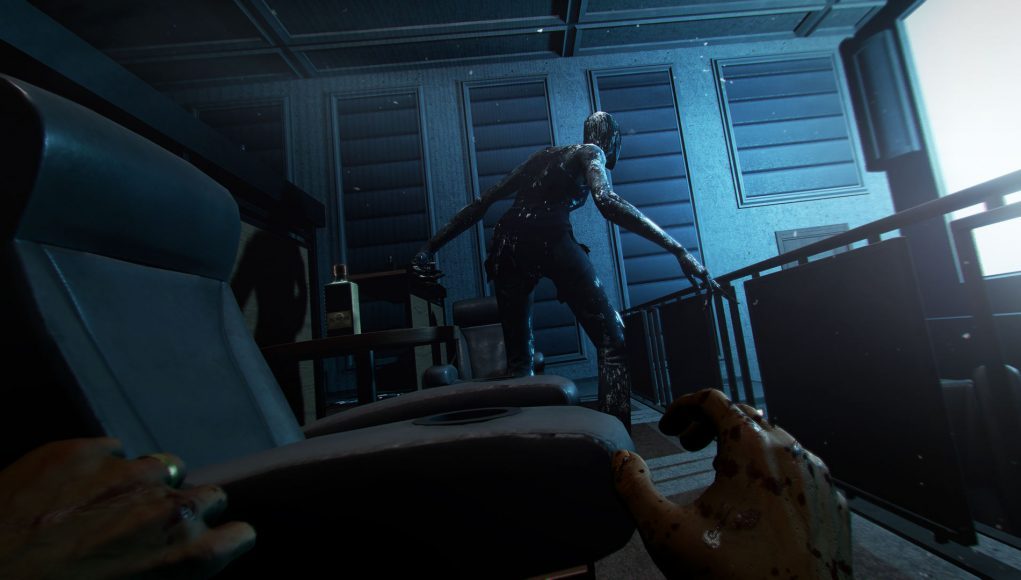Wraith: The Oblivion – Afterlife is a single-player horror-adventure set in the storied ‘World of Darkness’ universe. You don’t need to be a Masquerade fan though to step into the game’s sprawling mansion, dodge howling ghosts, and unravel a pretty interesting story centered around a cabal of Hollywood types who are suitably creepy from the get-go. It can be a little rough around the edges at times, but it basically delivers on its promise of frights, intrigue and plenty of Alien: Isolation-style hiding.
Wraith: The Oblivion – Afterlife Details:
Available On: Oculus Quest, Oculus Rift
Release Date: April 22nd, 2021
Price: $30 (supports Oculus cross-buy)
Developer: Fast Travel Games
Reviewed On: Quest 2, Oculus PC (Quest via Link)
Gameplay
You’re a photographer named Ed Miller, and you find yourself tied to the the place of your death after a séance gone awry. You’re not sure what happened beyond that, but your dark alter ego has some ideas as he guides you down a path of discovery, danger, and maybe even redemption.
For a ghost you’re surprisingly corporeal, at least at the beginning before you can learn to walk through walls. You don’t learn that right away though, so most of the time your only real power is to force-grab small items and either pop them in your floating inventory (no holster system), or toss them to distract enemies from your immediate location. I wouldn’t call hiding in a closet a super power, but I was super good at it, so there’s that.

Most of the game’s push to make you explore the house is typically centered around fetch quests. I would otherwise call that a plain negative, but the story moves quickly enough, and ghosts are frightening enough to make it less of an issue personally.
Enemies are faster than you in all cases, and are sensitive to the noise of your footfalls, which gives you some leeway if you can toss a bottle across the room to draw their attention. Although there’s a few enemy styles, they aren’t varied much beyond their physical size. And you can’t kill them either; all of them can be distracted and confused by your only real weapon, a camera flash that can be used both as a flashlight and as a way to temporarily blind baddies. I wish I could move faster when in ‘sprint mode’, but then enemies would probably be stupidly fast to compensate, and that wouldn’t be fun.
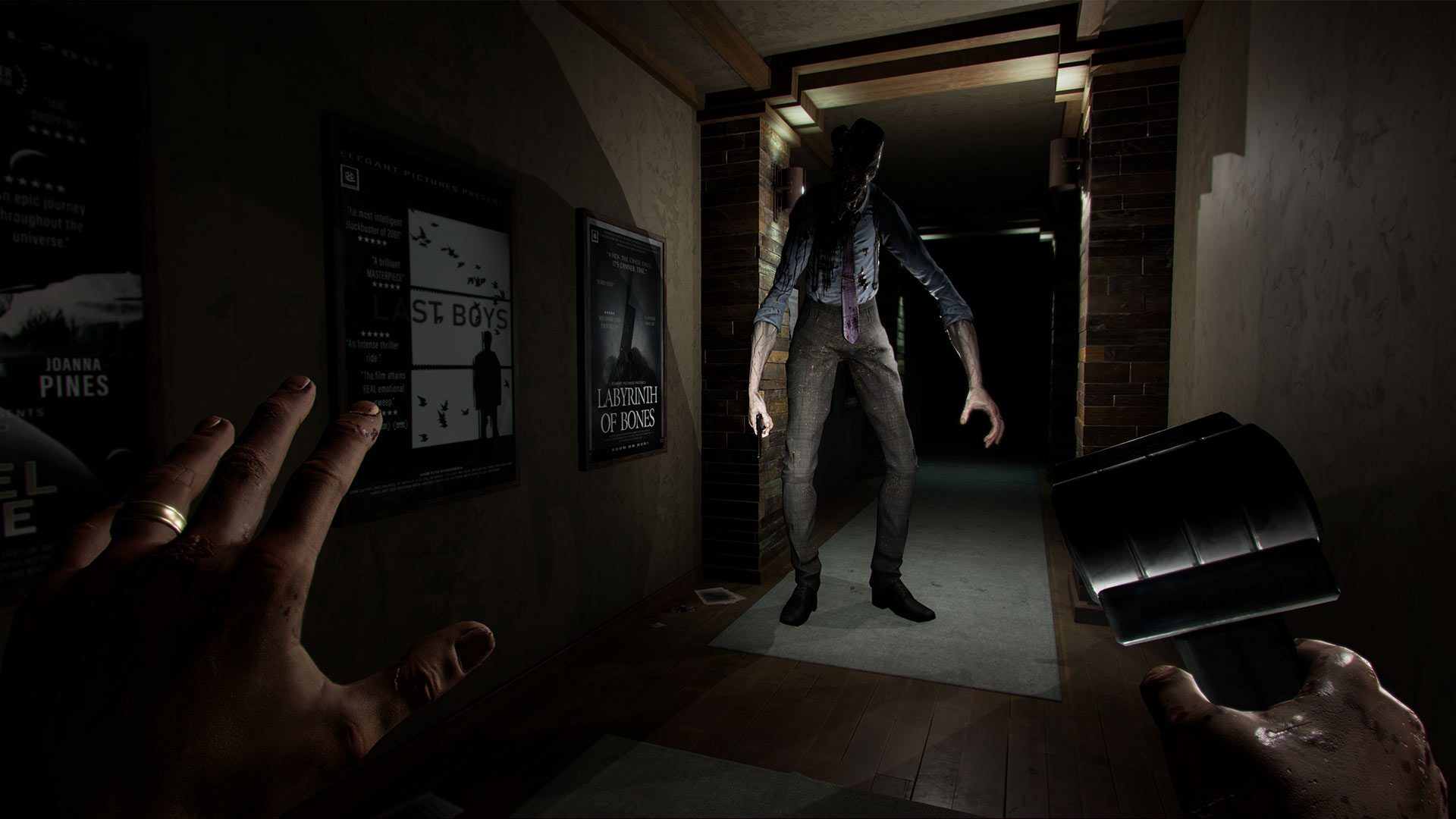
Using the camera flash requires ‘Pathos’, which you can either pick up around the game in the form of found photographs, or get a top up at save points once they’re unlocked. You can decide to use the camera flash to light your way, but you may need a burst of its energy at a critical moment, so I was usually much happier to fumble around in the darkness if it meant I was full-up on juice. It’s a harrowing experience being without camera battery when you’ve just been informed that you better not make any sudden moves, otherwise some howling banshee will beat you to death.
Since most of the game is based around fetch quests, there’s also a helper mechanic to get you from point A to point B. A glowing yellow force displayed in your arms tells you whether you’re hot or cold on your way to the next objective, which feels less cheap than having a magic path drawn for you. You have to physically toggle it, which is best when you’re just hanging out.
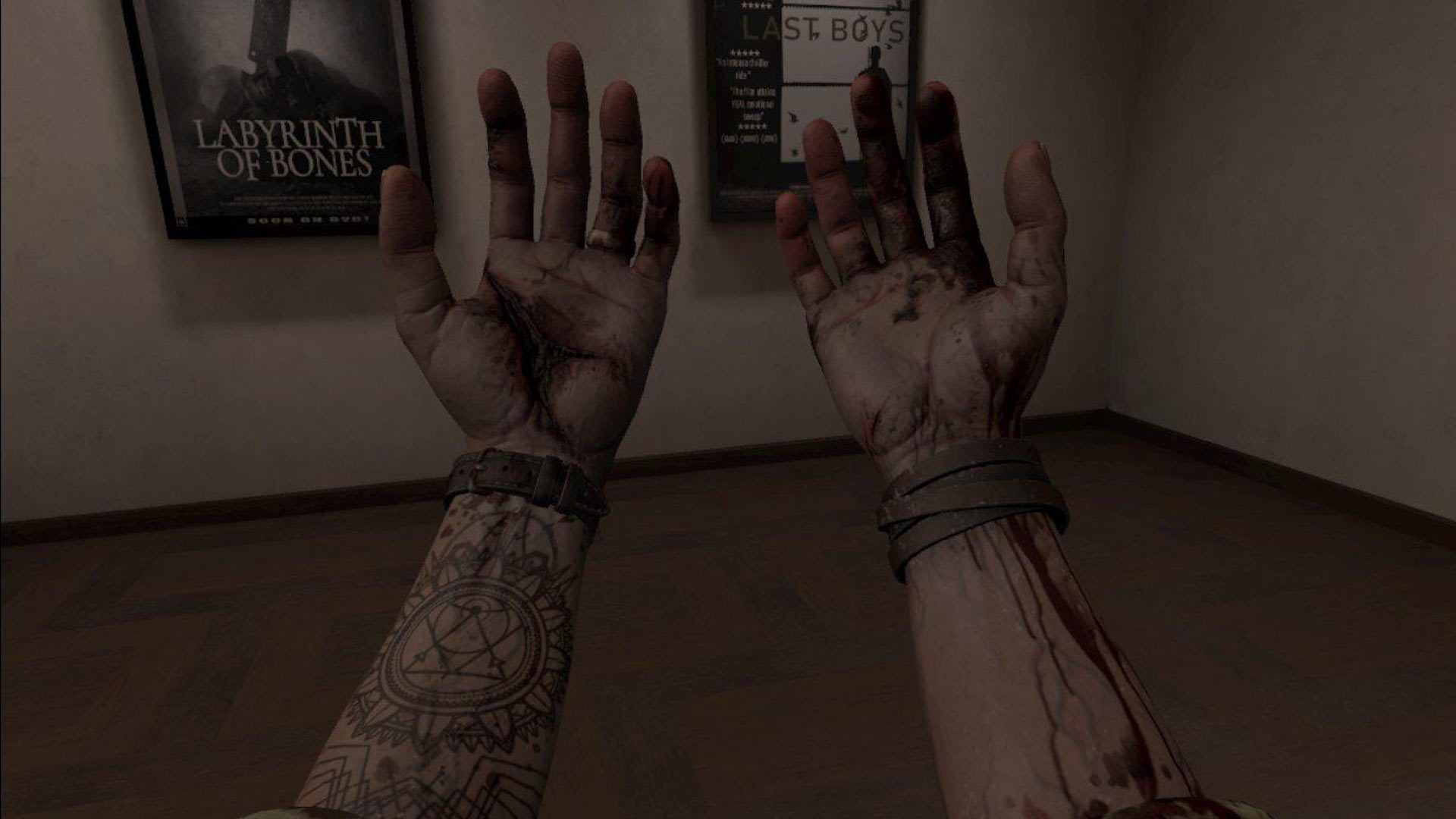
As for the bad guys: enemies don’t pop up randomly, which offers a bit of relief from the madness, letting you focus on the story and navigate the palatial home. You’ll typically have some sort of warning too, either from your dark alter ego buddy or a visual cue, like an encroaching darkness, that lets you know trouble is around.
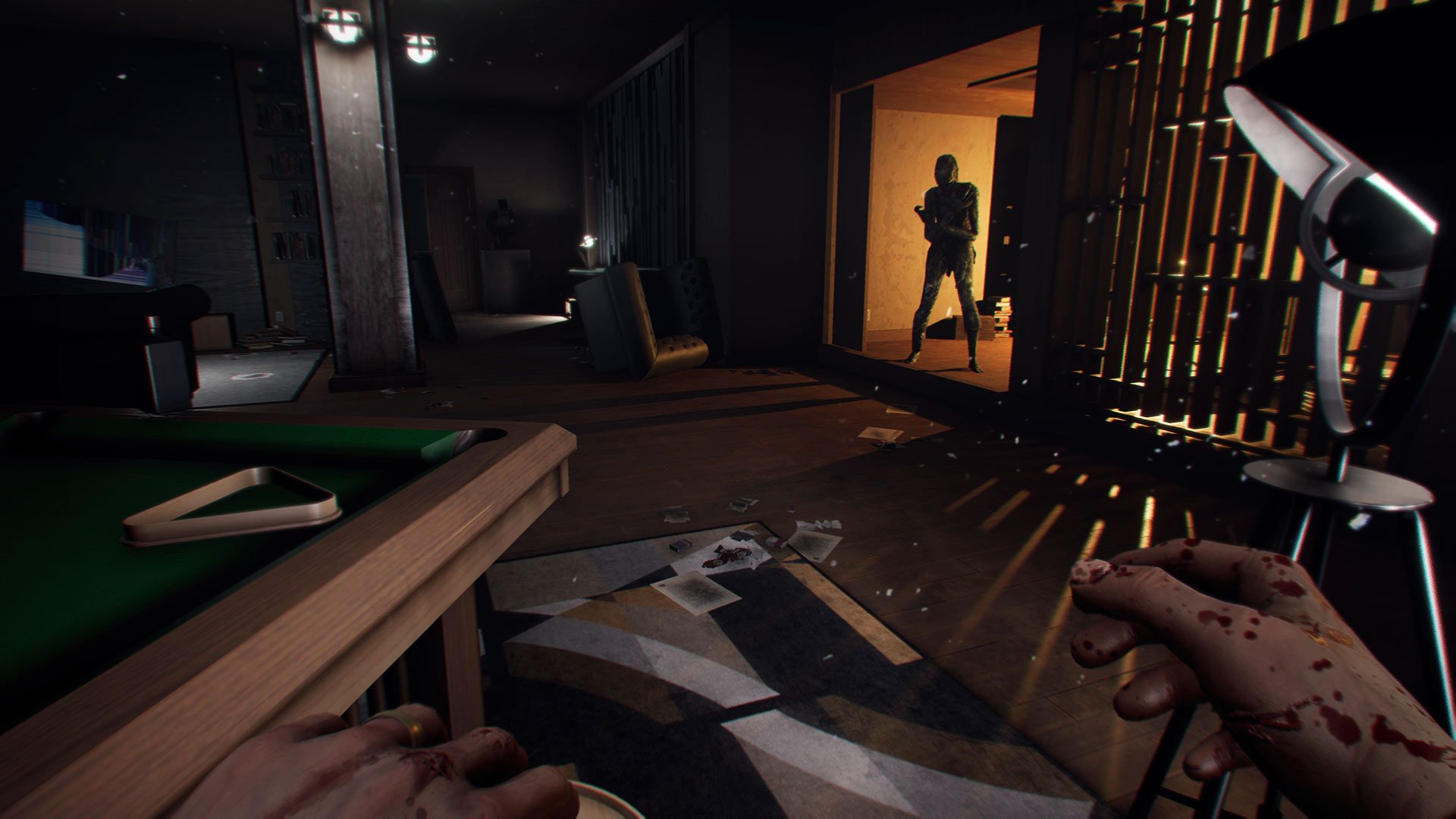
This cuts down on the prospect of jump scares by a fair bit, but that doesn’t mean your heart rate won’t shoot up as a rotten, broken woman crawls on the ceiling, drops down, and mauls you to death (despite the fact you’re already dead). I probably don’t need to say it, but there are a fair number of murders and depictions of suicides in the game, so plan accordingly.
Death is frustrating, and maybe not for the most obvious reasons. Loading time between deaths is annoying, but much less annoying than having to redo bits because you forgot to manually save at predefined save points.
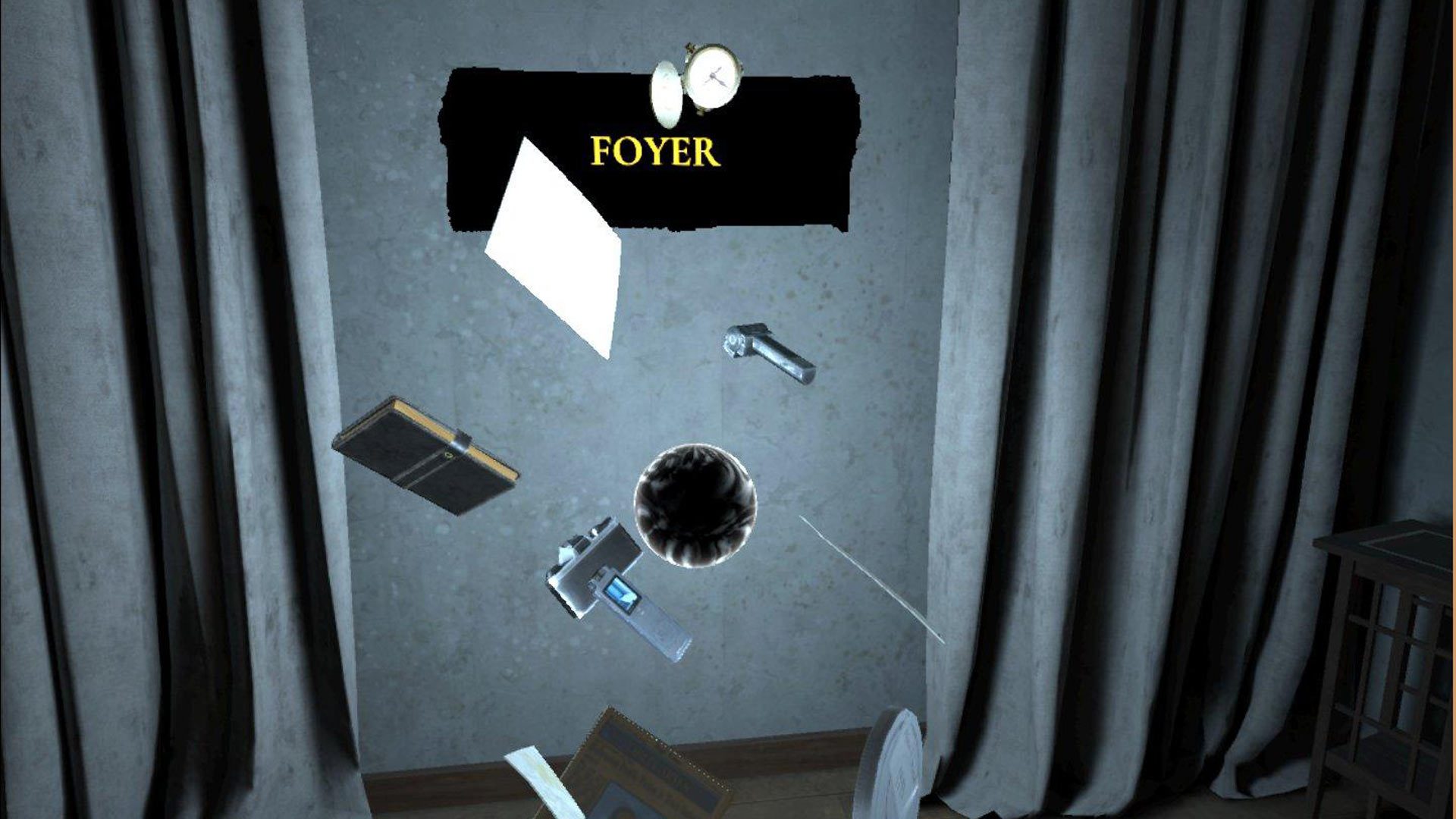
I would regularly go out of my way to backtrack to a save point than have to repeat multiple fetch quests in a row because I wasn’t offered a convenient one in the area. I wished it had a more intelligent checkpoint system so I could focus on objectives and the narrative more clearly.
The story is well orchestrated, and is doled out like breadcrumbs on a trail. You experience the narrative piece by piece through notes found throughout the game, ghostly reenactments unlocked by using your trusty camera, and voice overs from your not-so-friendly wraith companion.
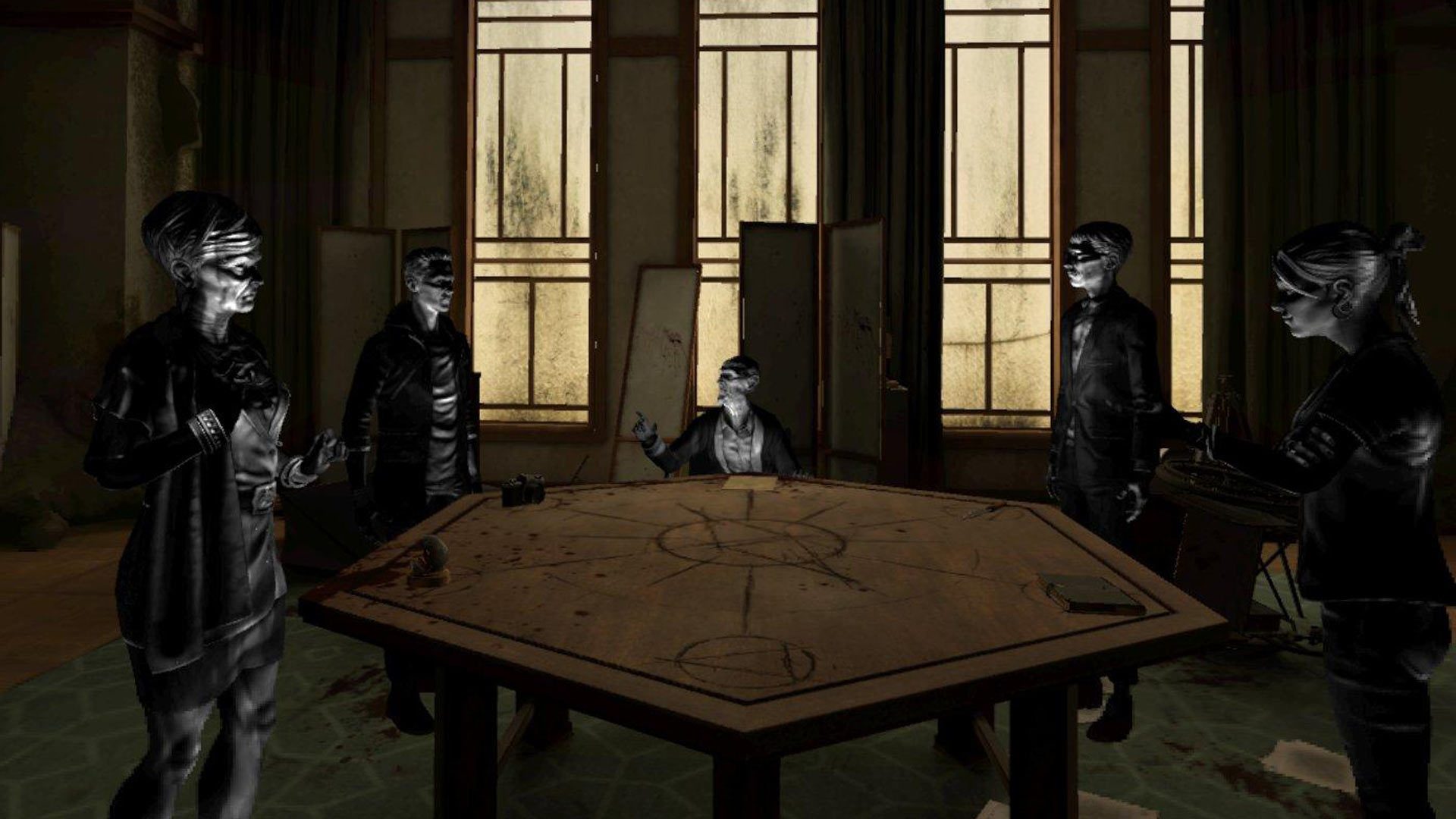
Low level tension is at a near constant, and when the game tells you it’s going to punch you in the gut, it doesn’t lie. You just have to find out what it’s going to use to make you jump, run and hide.
Although I was satisfied with the game as a whole, I was a little disappointed with the ending. I like when games give me the tools to feel clever, but really the only thing I felt throughout Wraith was heart-pumping fear the overwhelming sense of relief when it was finally done.
From start to finish, it took me around six hours to complete. There aren’t any difficulty settings, so the only way to lengthen that gameplay time is by collecting Easter eggs and uncovering each ghostly story reenactments. Fast Travel Games says it takes between six and eight hours to complete.
Immersion
My overall impression of Wraith in terms of immersion aren’t plainly negative. I have some concerns about polish, but all of the moving pieces of game work fairly well in spite of this.
The Quest version doesn’t have the highest graphical fidelity I’ve seen in a game native to the platform, but it sets a suitably dark and dreary scene to make it believable enough to my lizard brain, which just wants to hide in one of the many closets dotted around the place. If it could manage dynamic lighting, it would have been a much scarier and realistic experience.
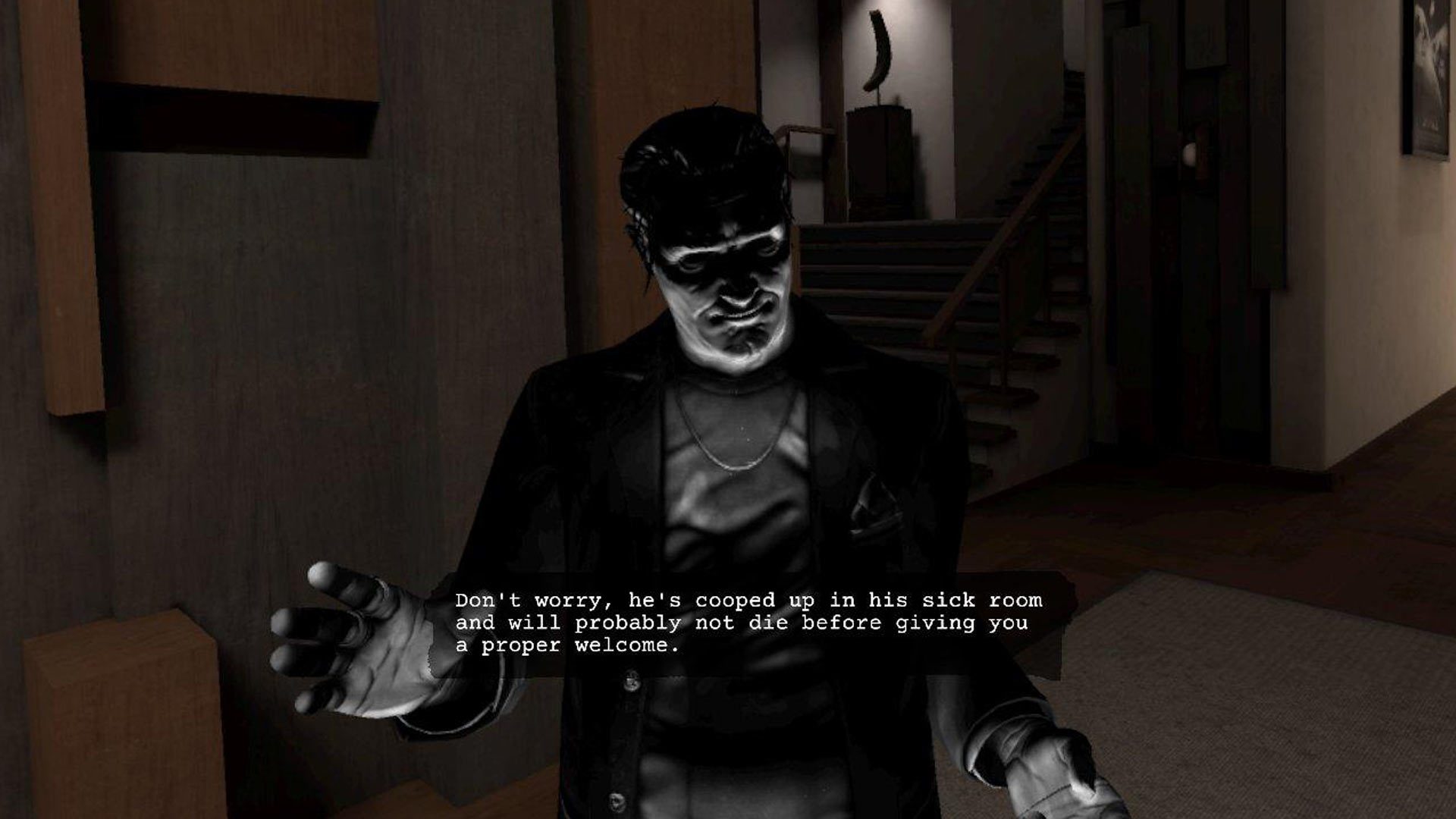
I would say the same is true for the narrative in terms of polish contrasted against its overarching ability to tell a story. Voice acting reminds me of a made-for-TV movie from the SyFy network, and scripted lines feel stilted and pulpy, but I was never bored and I never felt like I was being explained something I didn’t need or want to know. The story had enough momentum to keep me moving along with it. Also, I would strongly suggest turning off the default subtitles if you want a more immersive gameplay experience.
As far as graphics go, the version for PC VR offers a higher fidelity experience. Almost all textures seem to be sharper and more legible when playing on Rift S or Quest 2 via Link. It’s clear the game was designed first with Quest in mind though, as both versions lack the more graphically intensive effects we’ve seen in high-polish PC VR titles like Asgard’s Wrath (2019) or Lone Echo (2017).
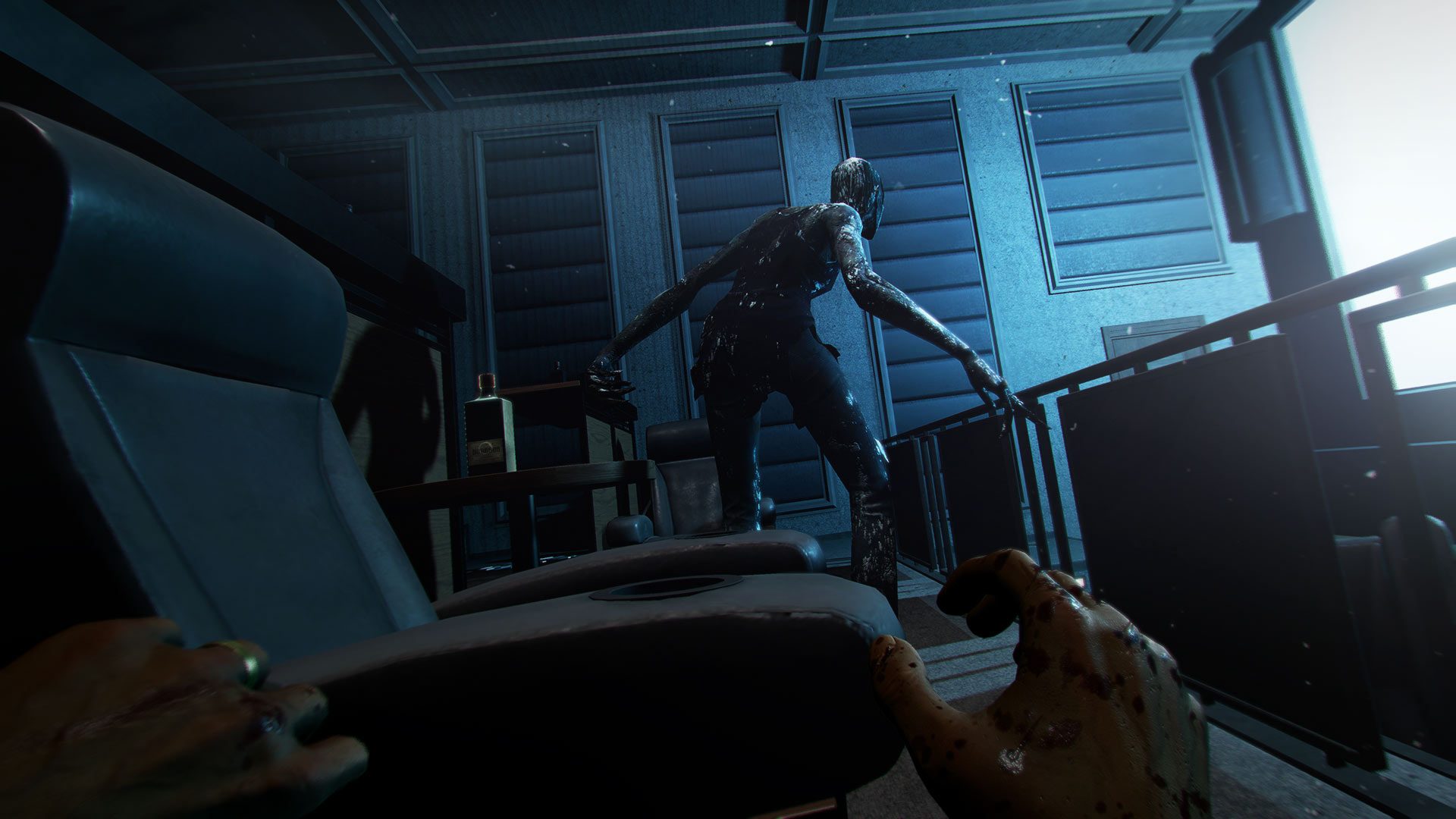
Enemies are well-designed and genuinely unsettling, but can feel a bit clunky at times. More than once you can see them clipping slightly through walls and doors in a very non-ghostly manner. My favorite immersion-breaker was when I tried holding a door shut so a particularly lanky ghost couldn’t get me, which made both the door and long-boi ghosty start a hilariously janky battle of colliding objects.
My biggest gripe is pure pedantry, I know, but every swinging door in the house is a Norman Door—i.e. there is no clear indication of how you’re supposed to open it since they appear identical from both sides. This adds some frustration to the whole thing when you’re trying to bolt down a corridor and find yourself pulling a door when you should push, or vice versa.
Comfort
Wraith can be played both seated and standing, however standing will offer you the most bang for your buck when it comes to the full range of motion and ability to physically cower behind objects. If you remain seated, you can also make good use of the artificial crouch button to bypass obstacles and hide.
The game offers a full array of comfort options for almost every player type. There’s head or controller-oriented smooth locomotion, and a sort of teleportation whereby you ‘drive’ your avatar in the third-person, then snap to the new location. Both smooth turning and variable snap-turn is available, both of which includes toggleable vignettes to increase user comfort.

